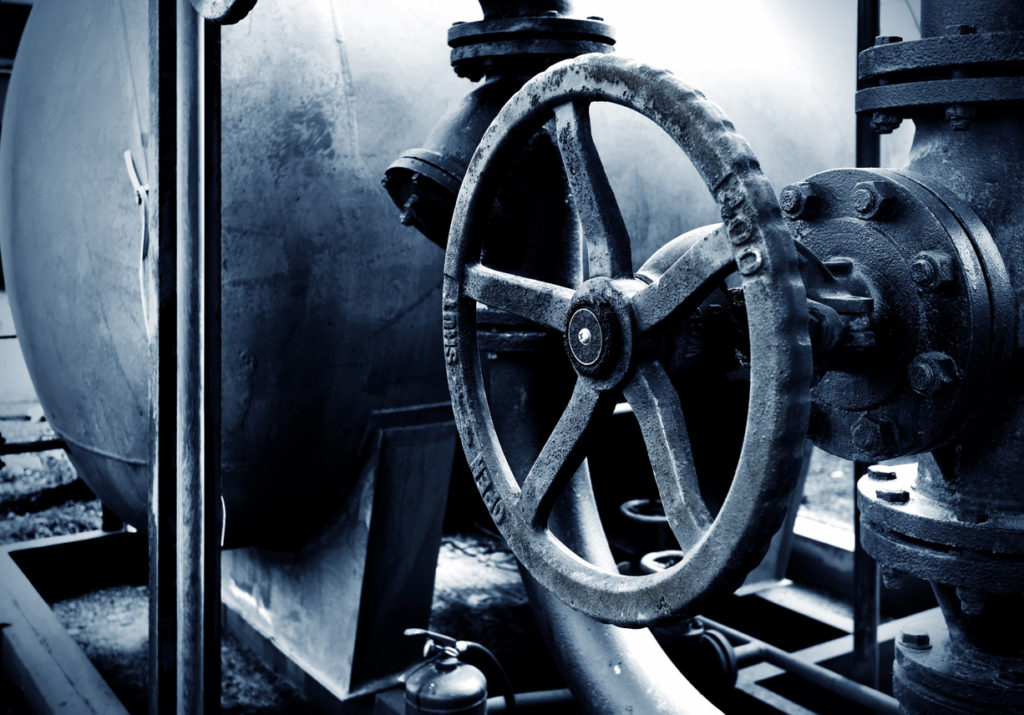What Is a Biofiltration Wastewater Treatment System and How Does It Work?

If your industrial or municipal facility generates organic-laden wastes, biological wastewater treatment might be an appropriate choice for your facility. These systems can be efficient and economical technologies for breaking down and removing organic contaminants from wastes such as those produced in the food and beverage, chemical manufacturing, oil and gas, and municipal industries.
But “what is a biofiltration wastewater treatment system and how does it work?”
This article will break down the basics of these system as an overall introduction to some of the more familiar concepts.
What is a biofiltration wastewater treatment system?
Even though the term “biofiltration” can make you think of some type of membrane like reverse osmosis, these systems don’t filter out contaminants by simply separating them out, but they use bacteria to break down and consume unwanted contaminants. Mostly used in odor control applications, these systems can biodegrade compounds in their vapor or gas phases, but they’re also used to treat wastewaters, which we’ll focus on here.
How do biofiltration wastewater treatment systems work?
A quick background of the technology
As mentioned prior, biofiltration uses bacteria to break down pollutants from industrial wastewaters. These bacteria are immobilized on a media that provides the bacteria with a high surface area to proliferate. These high surface–area media come in different forms. For example, when wastewater biofiltration was developed in the late 1800s, they used different gravels and crushed rock. Next, after we developed the use of plastics, came plastic rings and corrugated plastic. And now, even further down the line, we’ve found that porous ceramic media works well for this, especially when used in aquariums and fish tanks, or even for treating animal waste.
These blocks and materials are set into a bioreactor where they can begin to break down certain compounds—everything from simple proteins, fats, and carbohydrates in food-type applications to chemical applications where there are organic amines with ammonia bound to organic molecules or mercaptans where there is sulfide attached to organic compounds. Biofiltration, in general, is really good for any of the smaller organic compounds like all the hydrogens, sugars, alcohols, and aliphatics.
Some of these compounds degrade rapidly, some slowly, and others degrade very, very slowly, like halogenated hydrocarbons, for example, or complicated aromatic compounds. In these cases, the design of the biofiltration system should take that into consideration. It will need bigger biofilters with longer residence times for bacteria to degrade the harder, more complex compounds.
Common system design
Biofiltration system design is pretty simple. Trickling filters, for example, have three main components:
- a water distribution system where the wastewater is spread uniformly over the surface area of a biofilter
- the filter media itself, which can be any assortment of high surface–area devices
- an under-drain support system that holds the filter media and provides slotted channels where the water will then flow out by gravity
Systems that require aeration will usually need to force air into the system using a blower or a fan, which can turn on automatically when sensors detect the need. This is typically done through a network of distribution piping and flow controls
All in all, your system design should ensure the bacteria have everything they need to destroy the pollutants: they have enough oxygen; they’re operating within the right pH; they have the right amount of nitrogen, phosphorous, and carbon, etc. Your system should be designed to control the environment, so the bacteria grow naturally and take care of the pollution properly, meaning you have dirty water going in and you have treated, clean water coming out.
Can SAMCO help?
SAMCO has over 40 years’ experience custom-designing and manufacturing wastewater treatment systems, so please feel free to reach out to us with your questions. For more information or to get in touch, contact us here. You can also visit our website to set up a call with an engineer or request a quote. We can walk you through the steps for developing the proper solution and realistic costs for your biological wastewater treatment system needs.
